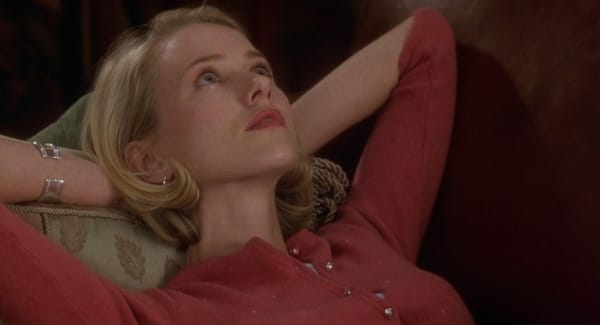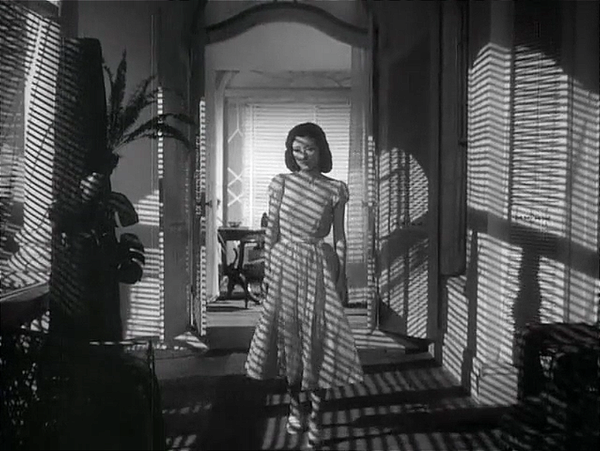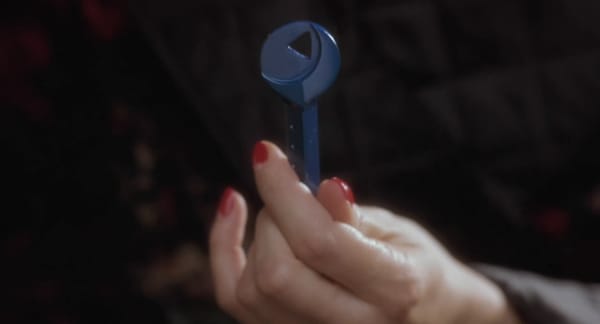Cage Match
"Renfield" comes to VOD, but Nicolas Cage already made a great vampire movie back in 1988.

Let me see if I have this straight: There are two movies in which Nicolas Cage plays a vampire, and the one that’s better is the one where he doesn’t actually play a vampire.
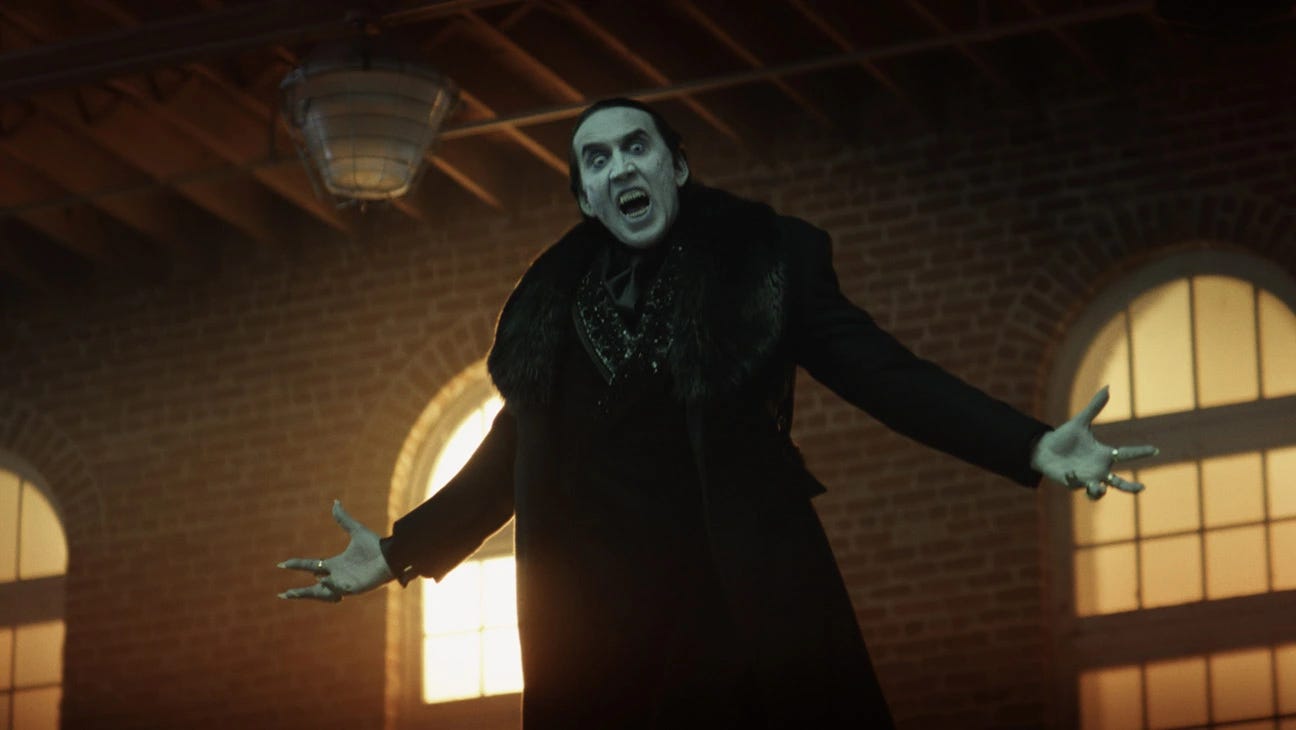
“Renfield” (⭐ ⭐ 1/2) has recently arrived on premium VOD, renting for $19.99 at all the usual places. You can wait a month or two for the price to come down, which is the advisable course, because this is a $5.99 movie if there ever was one: Smarter and funnier than a two-dollar Amazon special but ultimately undone by its self-satisfied snark and the bombastic CGI overkill decreed by the modern movie marketplace. Like the title says – and in the tatty tradition of 2015’s “Victor Frankenstein,” which was really all about Igor – “Renfield” centers on Renfield (Nicholas Hoult), Count Dracula’s bug-chomping factotum, who, after a century of providing Master with fresh necks to chew on, has finally had enough. The movie opens at a support group for people in co-dependent relationships, and our hero is working up the nerve to tell everyone about the raging narcissist for whom he works. The script has a lot of fun with the language of self-help as applied to the Undead, and the movie’s early scenes are often very funny. There’s a nice respect for the past, too, in the recreation of scenes from 1931’s “Dracula” with the new actors dropped into the old black and white frames.
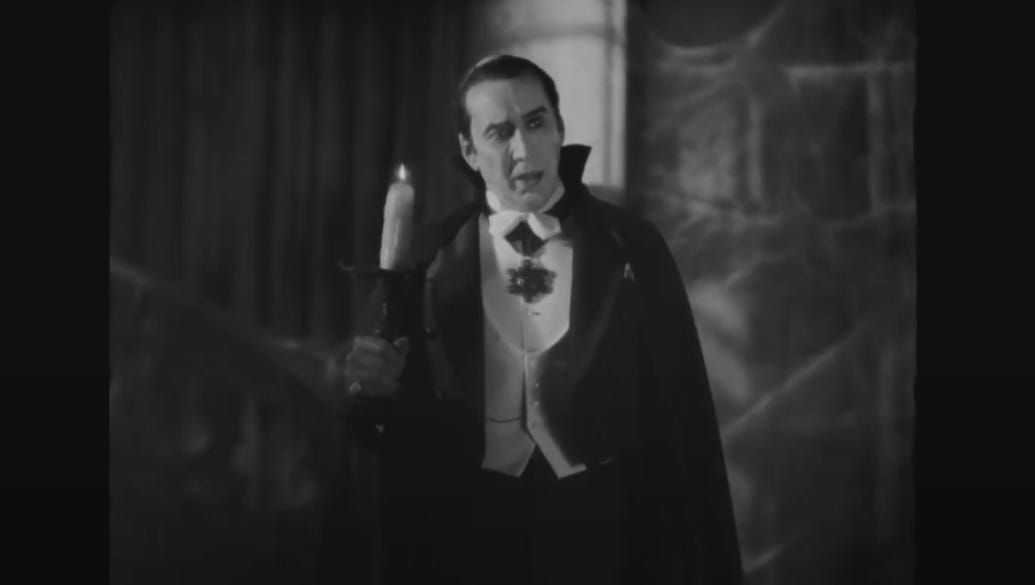
Cage, of course, plays Count Dracula, and director Chris McKay treats him as the movie’s most special special effect; the character’s all make-up and digital effects, but underneath that is our Nic giving the performance the popular culture and probably his contract require: Merrily over the top yet somehow mesmerizing in its assured gonzo control. Nicholas Hoult is the center of “Renfield,” but Nicolas Cage is unquestionably its star.
The rest of the cast is pretty good: Awkwafina as a police-lady love interest, the gifted comedian Ben Schwartz as a mama’s boy of a gangster, the great Iranian actress Shohreh Aghdashloo as the mama, spitting nails. The rest of the movie is pretty bad, with the kind of jokey ultraviolence that short-circuits on its own “subversive” smugness. Depressingly, “Renfield” is what the studios do these days: Loot the intellectual property of the recent and distant past to make digitized blood and circuses for the masses. The movie has a lot of shock but no surprise, and it certainly doesn’t have any bite.
You want subversive? A movie that mixes comedy and horror in a way that confounds audiences and strands them uncomfortably, interestingly, between laughter and dread? You want the Ur-Nicolas Cage Hambone Hall of Fame performance? I give you “Vampire’s Kiss” (1988, ⭐ ⭐ ⭐ 1/2, ), a movie that was gravely misunderstood when it came out and that remains misunderstood today. One of those misunderstandings is that it’s a terrible movie, good only for camp giggles – the bomb that launched a thousand GIFs. Allow me to correct the record. “Vampire’s Kiss” is a very good movie – dated after 35 years, sure, but still juggling satire, goofball comedy, and unexpected human tragedy with an assurance that is as impressive as it is intentionally discombobulating.
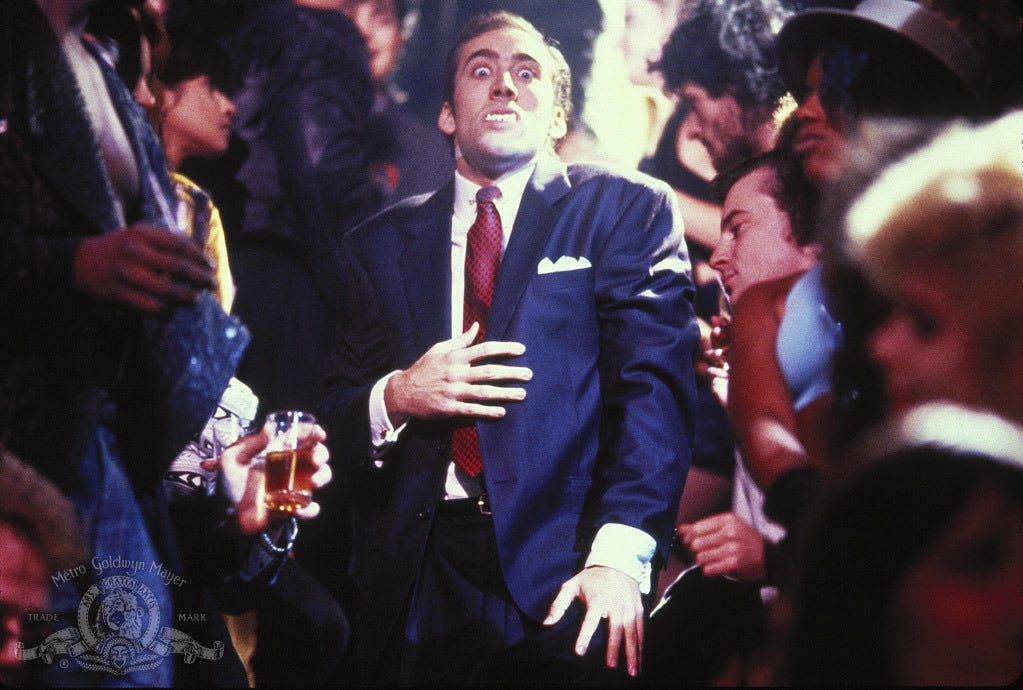
To address another common misconception: “Vampire’s Kiss” is not, in fact, a vampire movie. It’s a movie about a man experiencing a harrowing and complete psychotic break. In this, it’s closer to “American Psycho” (2000) than any creature feature, with roots in Roman Polanski’s “Repulsion” (1965). As in those films, the main character is both monster and victim – a nightmare come to life and the person having the nightmare. The difference is that on top of this narrative scaffolding is a performance that hogs all the attention, one that marked the birth of Nicolas Cage, demented movie star. The actor had done weird accents before, in 1986’s “Peggy Sue Got Married” (whose co-star Kathleen Turner once had some extremely tart things to say about that), and he’d had a tooth, or teeth, pulled for “Birdy” (1984). Should we have been surprised that he’d willingly eat a cockroach for “Vampire’s Kiss”? There’d always been a little madness in his Method, and with this movie it became obvious that madness was the Cage brand.

So is his character, Peter Loew, for real or a put-on? As someone who lived in the Manhattan of the go-go 1980s, I can attest that Peter is very much a reality of his time: A preening Manhattan yuppie in a power suit, with pretensions appropriate to his chosen career (he’s a literary agent). The voice is Cage’s invention, though, and it remains stranded between a character’s affectation and an actor’s. It’s also the first sign that Peter is desperately insecure beneath his Master of the Universe cosplay armor: The voice comes and goes depending on who he needs to impress, becoming more florid and theatrical in its weirdly elongated vowels. (It takes three syllables for him to say his own last name: Leeouoowe.)
Peter brings a singles bar pick-up (Kasi Lemmons, appealingly sane) home one night, but their lovemaking is interrupted by a huge bat flying through his open window, which both terrifies him and, as he later confesses to his psychiatrist (Broadway legend Elizabeth Ashley) turns him on erotically. His next pick-up, Rachel (Jennifer Beals), is sexually aggressive to the point of biting him in the neck and sucking his blood. Or is that last detail only in his head?
You have to watch “Vampire’s Kiss” through cockeyed binoculars, one focused on the way screenwriter Joe Minion and director Robert Bierman play with the grammar of horror movies (Colin Towns’ score does a lot of heavy Bernard Herrmann lifting) and the other tuned into the dissonance between Peter’s arrogant exterior and his rapidly deteriorating sense of self. The relationship with the dominant Rachel continues (or does it?), with Peter becoming the submissive Renfield in their dynamic (oh, the irony!). And then, to his horror, he realizes that he’s becoming a vampire himself.
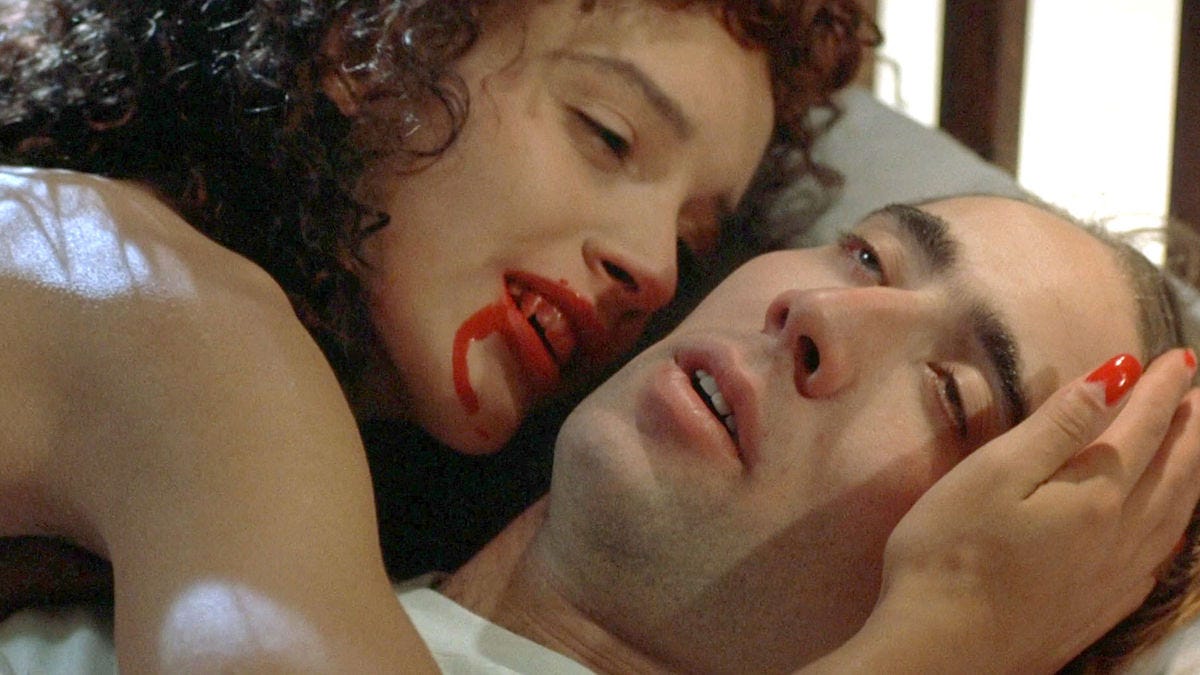
Well, maybe. The fangs stubbornly refuse to come in, so Peter has to resort to store-bought plastic ones. He doesn’t have a coffin to sleep in, so an overturned sofa will do. But he can do real damage to a woman (Jill Gatsby) he meets at a disco. And he can terrorize Alva (Maria Conchita Alonso), a secretary at the literary agency who he browbeats incessantly, stalks at her outer borough home, and ultimately sexually assaults, hoping beyond hope that she’ll use the gun she carries in her purse on him. The Alva scenes were disturbing in 1988 and are doubly so today, and they add to the deep, deep darkness that underlies the film’s comedy. No two ways about it: Peter is a monster – the real kind, not the horror movie kind. He’s also desperate for someone to put him out of the misery of his mental illness. He wants suicide by exorcism.
The final scenes of “Vampire’s Kiss” are an uncategorizable mixture of funny, scary, absurd, and hauntingly sad, a bedraggled and blood-spattered Peter staggering up to strangers on the sidewalk with a wooden stake in his hands, begging them to kill him. (Bierman shot the scenes with a long lens and actual passersby reacting as you and I would when confronted with a street crazy – another aspect of the movie that resonates uncomfortably today and especially in the wake of the Jordan Neely killing.) In Peter’s head, he’s perfectly coiffed and bespoked, having a final session with the shrink; in reality, he’s mumbling incoherently at a brick wall. I sometimes wonder how people thought this was anything but a tragicomic portrayal of breakdown.
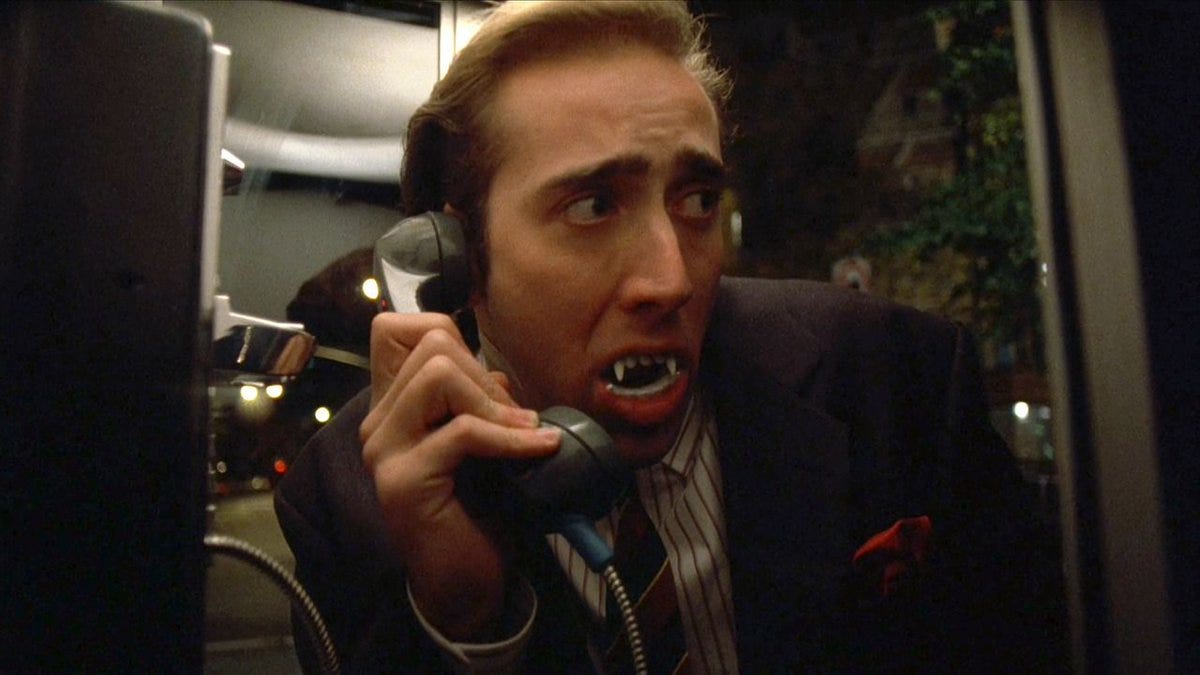
Well, I guess I can understand, since the only things people remember about “Vampire’s Kiss” is Cage doing the Elvis pointing gesture, or rising from the psychiatrist’s couch to recite the alphabet in a frenzied shriek, or delivering a monologue to Alva while widening his bug-eyes and grinning a crazed Renfield grin, or staggering through the night-time streets of Manhattan like Max Shreck in the original “Nosferatu.” (Let us not forget that screenwriter Minion’s previous work was the script for Martin Scorsese’s “After Hours,” another black comedy about a lost New York soul.) Here was the birth of Cage’s own legend, the mad genius of overacting – the man whose performances are so bad they’re good (“The Wicker Man”) or so good they’re great (“Pig,” his Oscar-winning suicidal alcoholic in “Leaving Las Vegas”) or so good-bad they’re kind of brilliant (“Mandy,” or my favorite bit of Cage-o-Rama nonsense, “Knowing”). He has passed through stages of public admiration, mockery, awe, and gratitude, sometimes for the same movie. If he ever receives a lifetime achievement award, it’ll probably go up in flames the moment he accepts it.
All of that obscures the achievement of “Vampire’s Kiss,” which is that it gets you to share the derangement and downfall of a ridiculous man from both the inside and the outside, and in a way that doesn’t let an audience lean back into the comfort of laughter or suspense or moral revulsion or even pity but somehow evokes all of them and asks us to come to terms with that. Easier to just make a meme and put it on Twitter, I guess, than acknowledge a cold, empathetic sorrow worthy of Nabokov or Franz Kafka, whose framed portrait graces Peter Loew’s desk. I don’t think either Minion’s or Bierman’s careers ever recovered from the vilification this movie received, but Cage is still with us, on his second, third, fifteenth life as a public persona. Praise doesn’t kill him. Derision only makes him stronger. He’s the Nosferatu of movie stars.
Thoughts? Don’t hesitate to weigh in.
If you enjoyed this edition of Ty Burr’s Watch List, please feel free to pass it along to friends.
If you’re not a paying subscriber and would like to sign up for additional postings and to join the discussions — or just help underwrite this enterprise, for which the management would be very grateful — here’s how.


